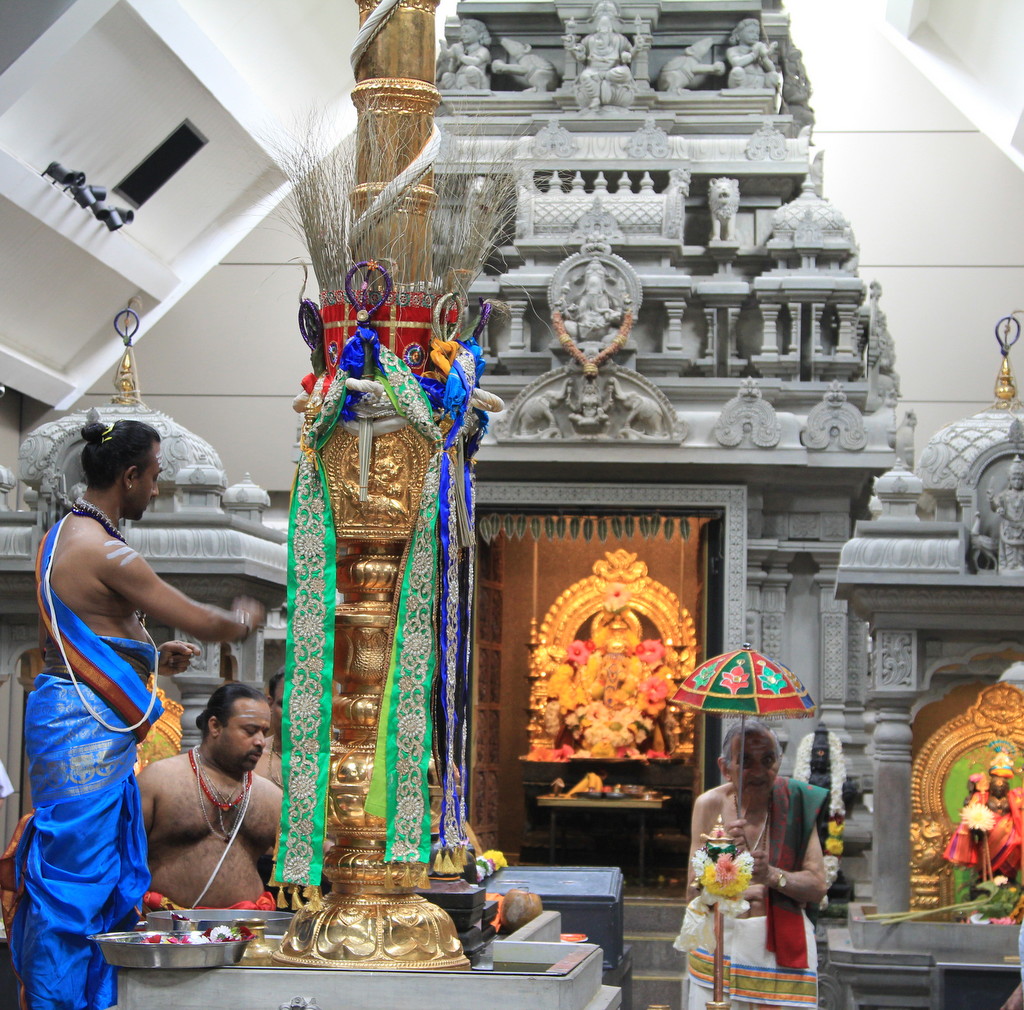OUR TEMPLE

1981 was an amazing year for the Hindu community in the UK. For the first time, we had a fully consecrated South Indian Temple in Europe, one where we could focus our prayers and gain emotional and spiritual comfort.
Throughout the following 3 decades, the importance of the Temple has grown and the wider benefits of our service within the community is much more apparent to those that work with us.
The Temple that we opened in 1981 is very different from the one that we have
Our core design and construction philosophy has remained true to our original goals, but the style, approach and blend of both traditional and modern architecture are fundamentally different
The original shrines, although simple and functional, had long out-lasted the original vision of our founder and, for many years, we searched for a very special Stapathi to assist us with creating the vision for a Temple that would serve the needs for many future generations. We were fortunate to have been able to share in the experiences of other Temples who had undergone similar works; and our knowledge of the challenges they faced.
In 2012, our prayers were answered when we met Sri Armugam Subramanyam, from Kathakkottai, India – a kind, humble, generous and deeply devoted architect and artist, with an unsurpassed record of achievement in traditional forms of temple architecture.
His preliminary visit to the Temple in July 2012 gave us the opportunity to discuss in detail our plans and objectives and it was immediately clear to us that we had found the right team to work with. Following a further visit in November 2013, he and his craftsmen came to the UK to commence work in January 2014.
For the whole scheme, our vision has been to create a Temple which provides a unique blend of traditional and modern approaches; and one that demonstrates our commitment to high quality Eastern and Western architecture.
As might be expected, refurbishing a building of this type and age was not without its challenges. Modern building standards are very different from those that were in existence in 1980 and, as part of the modernisation works, we were committed to achieving excellence in the quality of our construction.
It represents our interpretation of how modern and traditional architecture and materials can be used in conjunction with each other, to create something that is totally unique. This is a traditional Hindu Temple, which is deeply respectful of our heritage but is, at the same time, forward looking. It shows how the core vision of our founder can be reinvigorated and regenerated to ensure that our future remains bright and positive in its outlook. After all, these are the same principles of our religion and culture.

